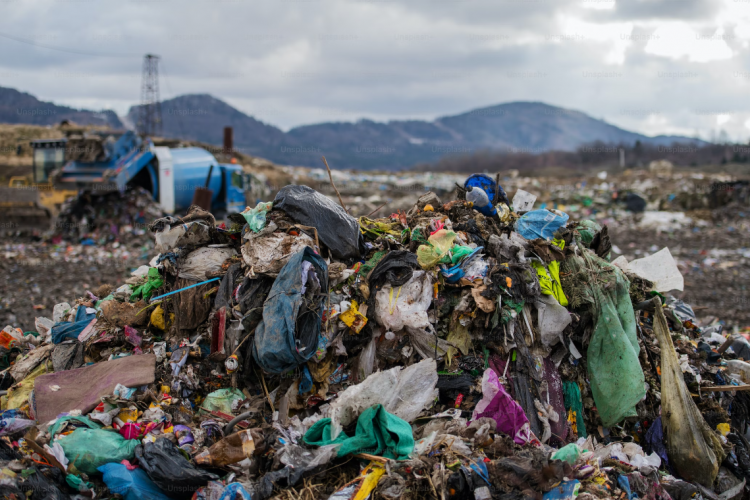In a groundbreaking discovery, researchers from Japan have identified microplastics suspended in the clouds, raising alarming concerns about the extent of plastic pollution and its potential implications for the environment and climate. These findings, sourced from two separate studies, shed light on the pervasive nature of microplastics and their ability to infiltrate even the most unexpected places.
Scientists, in their quest to understand the extent of microplastic pollution, scaled the peaks of Mount Fuji and Mount Oyama to collect mist samples. Their analysis revealed the presence of nine different kinds of polymer particles and a type of rubber particle in the mist. Each liter of the cloud-derived water contained between 6.7 to 13.9 pieces of plastic, with sizes ranging from 7.1 micrometers up to 94.6 micrometers, roughly the diameter of a human hair.
The study, published in Environmental Chemistry Letters, emphasized the potential role of hydrophilic polymers, which have the ability to capture and retain water. These water-absorbing plastics might significantly influence weather patterns. Furthermore, the UV radiation from the sun can degrade these polymers, contributing to the release of greenhouse gases into the atmosphere. Hiroshi Okochi of Waseda University, the lead author of the study, warned of the dire consequences if the issue of "plastic air pollution" remains unaddressed. He stated, "If not proactively tackled, climate change and ecological risks may become a grim reality, leading to irreversible and severe environmental damage in the future."
Microplastics, defined as particles measuring less than 5 millimeters, have been a growing concern for environmentalists and health experts alike. Their ubiquitous nature means they have been found in drinking water, food supplies, and even within human organs. The health implications of microplastic ingestion are still under investigation, but some studies have linked them to ailments such as dementia and irritable bowel syndrome.
This isn't the first time airborne plastics have been documented. In 2019, a study titled "It's Raining Plastics" by the US Geological Survey found plastic particles in rainwater collected across various locations in Colorado, including the peaks of Rocky Mountain National Park. Gregory Wetherbee, the lead USGS researcher, highlighted the omnipresence of plastics, stating, "There's more plastic out there than meets the eye. It's in the rain, it's in the snow. It's now a part of our environment."
The revelations from these studies underscore the pressing need for global action against plastic pollution. As plastics continue to permeate every corner of our environment, from the deepest oceans to the highest peaks and now the clouds, the call for sustainable alternatives and effective waste management becomes even more urgent.





